Optimal Timing for Grease Trap Cleanings
Understanding the optimal timing for grease trap cleanings is essential for maintaining efficient operation and preventing costly backups. Regular maintenance schedules depend on factors such as the volume of food service, usage frequency, and local regulations. Proper timing ensures that grease accumulation does not exceed capacity, reducing the risk of clogs and overflows.
Most commercial kitchens should schedule grease trap cleanings every 1 to 3 months, depending on usage. Regular inspections can help determine the appropriate interval.
Slow draining sinks, foul odors, or gurgling sounds are indicators that a grease trap needs urgent cleaning to prevent operational disruptions.
Allowing grease buildup beyond capacity can lead to blockages, overflows, and potential violations of health codes, resulting in costly fines and repairs.
Many local authorities mandate specific cleaning schedules to ensure environmental and public health standards are met.
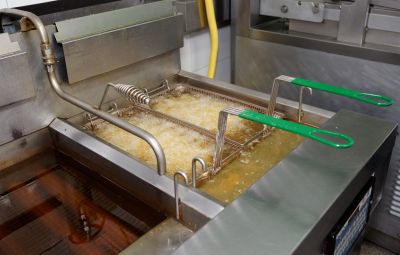
Regular inspections help identify early signs of buildup and determine the right cleaning schedule.
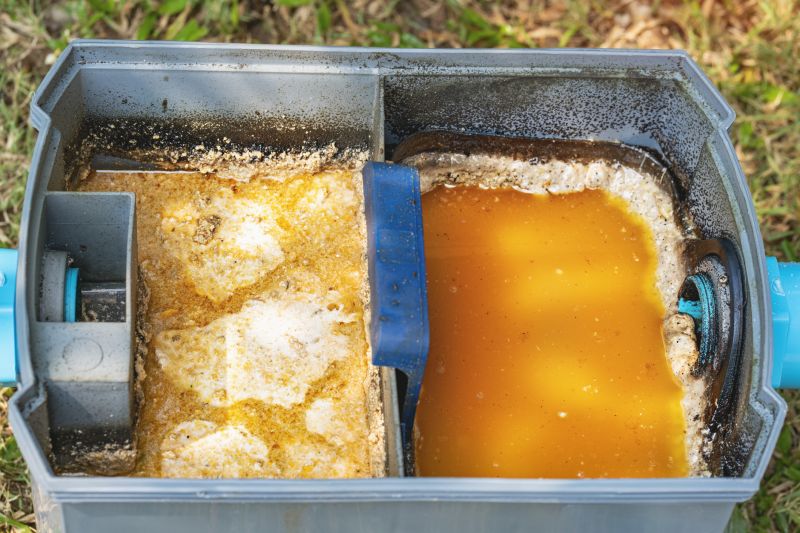
Professional tools and techniques ensure thorough removal of grease and debris.
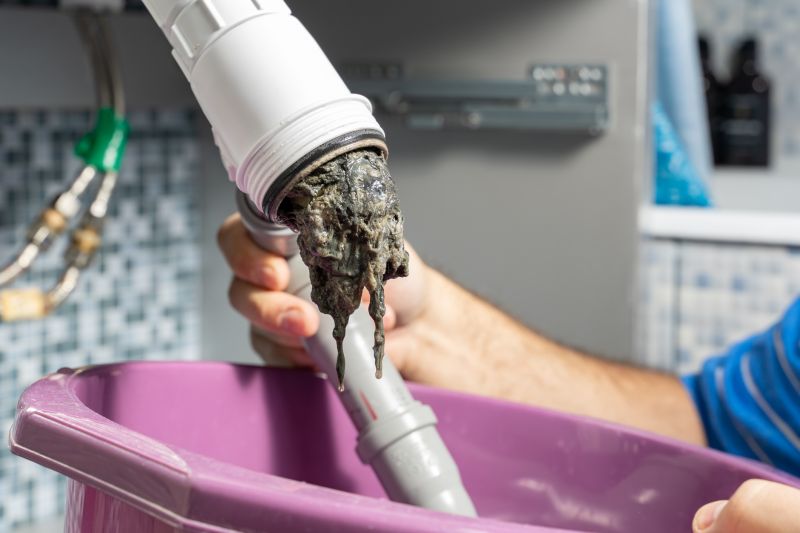
Responsible disposal practices are essential for environmental compliance and safety.
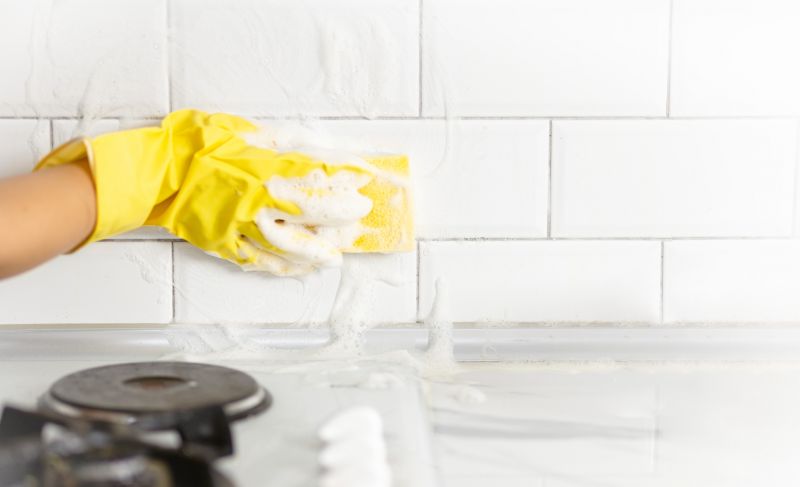
Ways to make Grease Trap Cleanings work in tight or awkward layouts.

Popular materials for Grease Trap Cleanings and why they hold up over time.

Simple add-ons that improve Grease Trap Cleanings without blowing the budget.
| Aspect | Details |
|---|---|
| Recommended Cleaning Frequency | Every 1 to 3 months based on usage |
| Signs of Overdue Cleaning | Odors, slow drains, gurgling sounds |
| Regulatory Requirements | Vary by jurisdiction, often quarterly or biannual |
| Operational Benefits | Prevents blockages, reduces odors, extends system life |
| Environmental Considerations | Proper disposal prevents pollution and violations |
Grease trap cleanings are vital for ensuring the smooth operation of commercial kitchens and food service facilities. Regular maintenance prevents the buildup of fats, oils, and grease that can cause clogs and environmental hazards. Scheduling cleanings at appropriate intervals minimizes downtime and compliance issues, ultimately supporting efficient and safe operations.

Technicians remove accumulated grease and debris to maintain system efficiency.
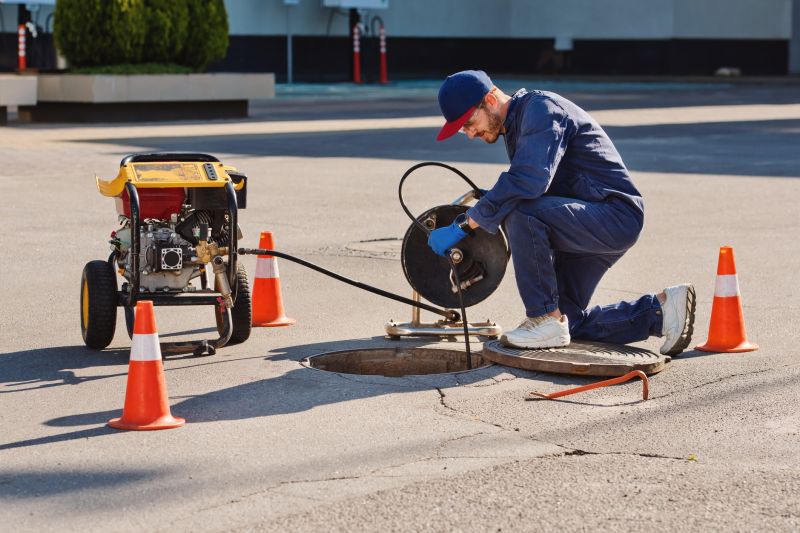
Specialized tools ensure thorough and safe cleaning procedures.

Proper disposal sites prevent environmental contamination.
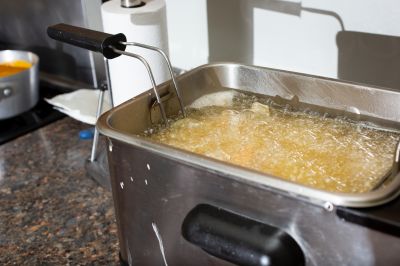
Adhering to recommended intervals optimizes system performance.

High-end options that actually feel worth it for Grease Trap Cleanings.
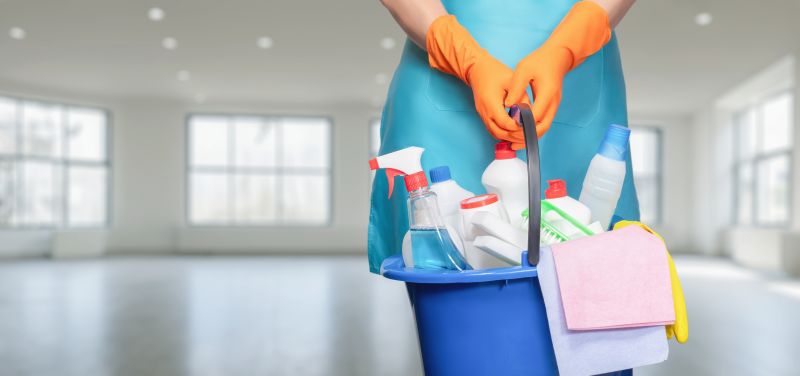
Finishes and colors that play nicely with Grease Trap Cleanings.
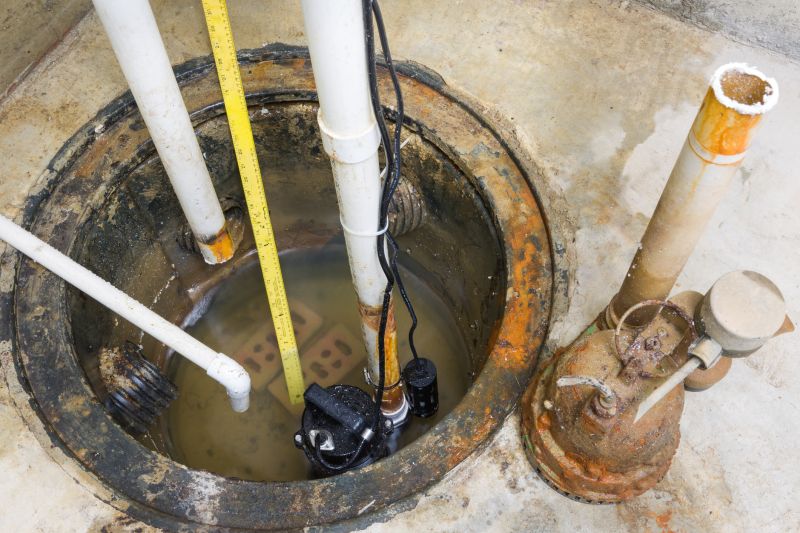
Little measurements that prevent headaches on Grease Trap Cleanings day.
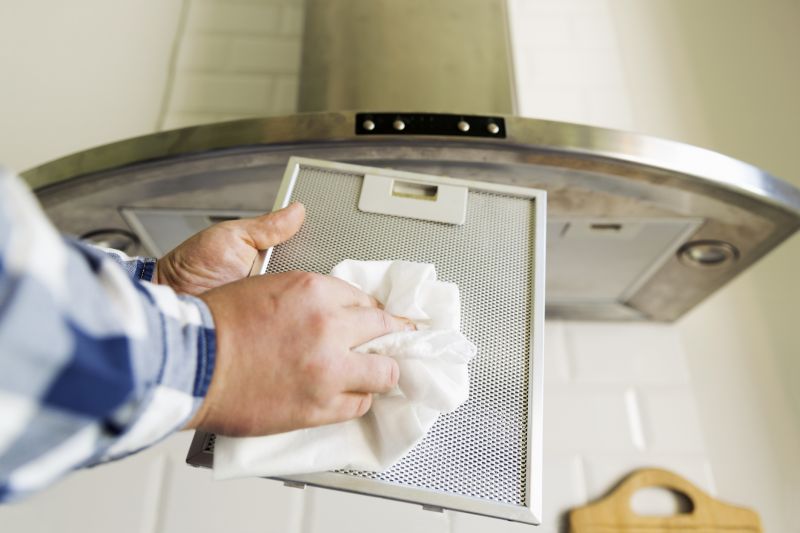
A 60-second routine that keeps Grease Trap Cleanings looking new.
Interested in scheduling grease trap cleanings? Filling out the contact form provides an easy way to arrange professional maintenance tailored to specific operational needs. Regular upkeep helps prevent costly repairs and ensures compliance with local health standards.



